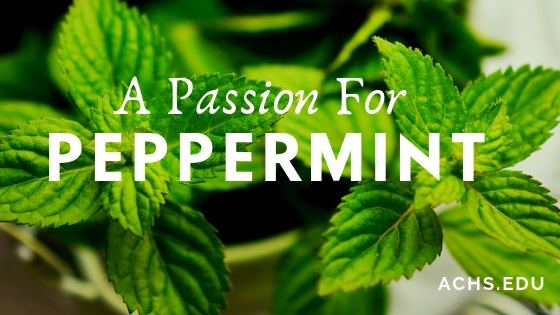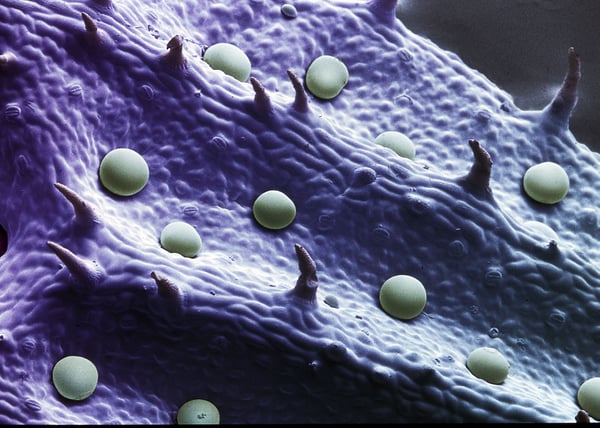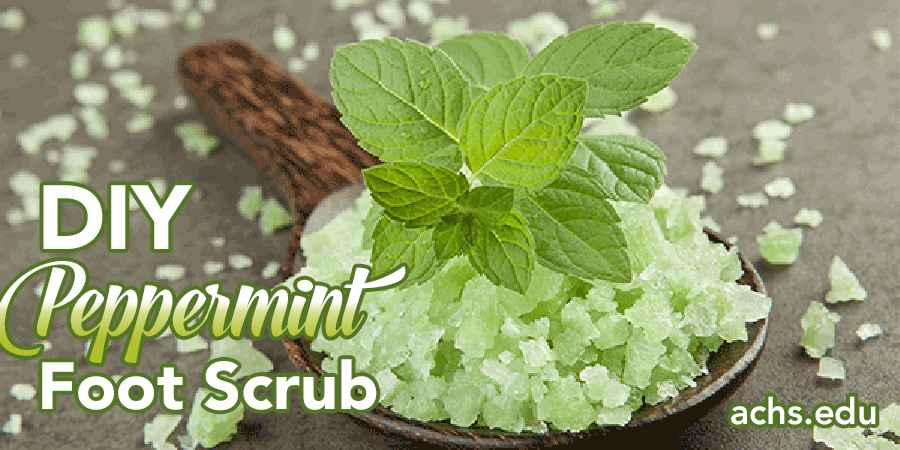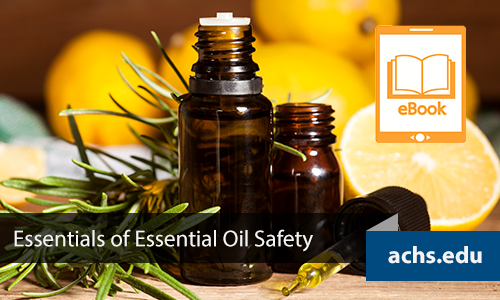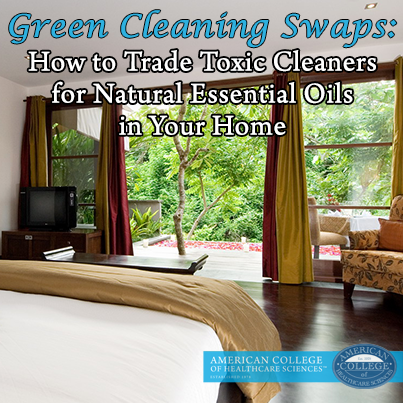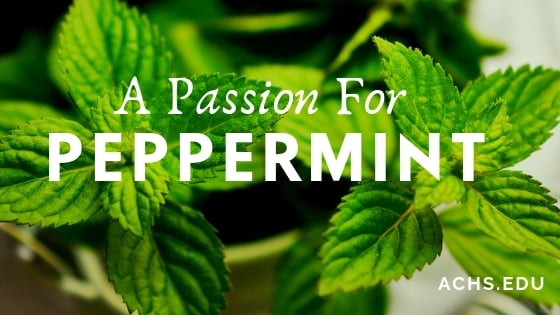
The use of mint and peppermint Mentha xpiperita essential oil has a long and legendary history. The name "mentha" comes from the Greek myth of the nymph Minthe. Discovered by Persephone in the arms of her husband Pluto, Minthe was metamorphosed into a “sweet smelling herb to be trampled under foot.” At least Persephone made her sweet smelling! Other writers connect mentha with the Latin word mente meaning "thought". Records of the uses and preparation of mint are found in the Ebers Papyrus, the oldest surviving medical text.
An ingredient in the sacred incense kyphi, mint was also used in ancient Egypt as a ritual perfume and was cultivated by the Egyptians; the hieroglyphics found in the temple of Edfu refer to this. The Greeks and Romans crowned themselves with peppermint at their feasts, and it was used to flavor both sauces and wine. Mint's use was mentioned in the Icelandic Pharmacopoeias of the 13th century. However, it did not come into use in Western European Pharmacopoeias until about the middle of the 18th century. It was added to the London Pharmacopoeia in 1721.
Peppermint in the 2019 Marketplace
 Current market reports (Market Report Winter 2018 Ultra International B.V) warn that there is an influx of synthetic peppermint on the market at the moment. Peppermint is cultivated in the United States, Brazil, Argentina, France, Italy, Morocco, Poland, Eastern Europe, Holland, Spain, Bulgaria, Germany, England, India, and Australia, plus several other countries. Eastern Europe, Bulgaria, Italy, Morocco, and the United States are the only countries that produce large enough quantities to make significant exports of peppermint oil.
Current market reports (Market Report Winter 2018 Ultra International B.V) warn that there is an influx of synthetic peppermint on the market at the moment. Peppermint is cultivated in the United States, Brazil, Argentina, France, Italy, Morocco, Poland, Eastern Europe, Holland, Spain, Bulgaria, Germany, England, India, and Australia, plus several other countries. Eastern Europe, Bulgaria, Italy, Morocco, and the United States are the only countries that produce large enough quantities to make significant exports of peppermint oil.
The United States is the largest producer of peppermint essential oil, with approximately one-quarter of essential oil exports coming from the U.S. Domestic peppermint essential oil is primarily produced in Oregon, Idaho, Indiana, Washington (the #1 mint oil producer), and Wisconsin. While domestic producers largely produce Mentha xpiperita var vulgaris, our source in Washington state is producing a number of exquisite varietals of Mentha xpiperita (L.) var. Black Mitcham, more commonly found in Italy, Eastern Europe, France, and England.
With two varietals it's fun to set up a mini aroma flight test (just like wine), then look at the GC/MS results to see what the influencing aromatic molecules are. We recently tested and now carry two varietals each with a unique aromatic profile. Again, similar to wine, peppermint essential oil's final aromatic and constituent details are influenced by the terroir among other things. At American College of Healthcare Sciences and the Apothecary Shoppe, we test all incoming lots of essential oils for pesticides even if it is certified organic. Yes, its a shame but certified organic oils can still contain pesticides. Sad as it is, in our pesticide-laden world, even buying certified organic doesn't guarantee that the end product is pesticide-free. Further, our quality assurance team also compares the independent GC/MS lab results with ISO and Pharmacopeia standards.
If you try the aroma flight test, drop me a note in the blog comments and let me know what aromatic molecule you think is the influencer.
With synthetic peppermint essential oil on the rise, it's more important than ever to verify the quality of essentials prior to use in aromatherapy. How can you do this as a consumer? First, find a source you trust. You should be able to request a copy of independent third-party lab reports including a Gas Chromatograph and Mass Spectrometer (GC/MS) and pesticide tests.
Characteristics of Peppermint Essential Oil
Peppermint oil is a clear to pale-yellow, or a pale-olive color, with a fresh, strong, somewhat grassy, and minty aroma, and a pungent, aromatic, and cooling taste. As with other essential oils, peppermint essential oil should be stored in opaque glass or aluminum and away from direct sunlight in cool temperatures. It should not be stored in PVC bottles, which tend to soften and distort fairly rapidly in the presence of peppermint oil.
Peppermint essential oil darkens in color, becomes thick, and resinifies (turns resin-like) if stored incorrectly and as it ages. Aging also affects the constituents profile and the ester and menthone content increases with resinification. All good reasons to make sure the peppermint oil you are buying is freshly harvested and distilled.
Peppermint essential oil should leave no stain on a perfume blotter and feels thin, but dry when rubbed between the fingers. Looking like a space creature peppermint leaf is intriguing under microscopic evaluation as shown in the image below of turgid sessile secretory glands and non-secretory trichomes on the calyx surface.
Image reproduced with permission from: Svoboda, K. & Svoboda, T. (2000). Secretory Structures of Aromatic and Medicinal Plants. Knighton, UK: Microscopix Publications.
How to Experience Peppermint Essential Oil
Peppermint essential oil can have a relaxing, cooling effect in aromatherapy blends, or an uplifting effect, depending on what your mind/body needs. (Hint, hint! It’s a great study aid for students of all levels or for anyone who works long hours, especially in front of the computer!)
Using peppermint essential oil can be as easy as using a few drops on the shower floor for a refreshing steam experience (always avoid contact with your eyes and direct skin contact).
Or, try a simple and fun DIY recipe like a peppermint foot scrub.
Mixed with corn meal, fine mineral salts, sweet almond oil, and rosemary Rosmarinus officinalis essential oil, peppermint essential oil is the perfect way to invigorate tired feet and pamper yourself.
Try our custom peppermint foot scrub recipe!
Peppermint Essential Oil in Aromatherapy
Peppermint also has cleansing properties, which makes it an adaptable oil to use around the house, in natural soaps, floor and counter cleansers, and DIY skin care products such as shaving cream and shower gel.
Safety Recommendations
Peppermint essential oil is on the FDA Generally Recognized as Safe (GRAS) list.1
Peppermint essential oil does contain some constituents that can be toxic: menthol, menthone, piperitone, and thymol. Peppermint oil has been known to cause allergic reactions in the mouth, neck, and throat. These reactions were noted when peppermint oil was consumed in large doses. If you are pregnant or nursing, suffering from any medical condition or taking medication, consult a Registered Aromatherapist before use. Avoid eyes and mucous membranes.
Want to learn more about the holistic and safe use of essential oils? Download my ebook, the Essentials of Essential Oil Safety.
References
1. https://www.accessdata.fda.gov/scripts/cdrh/cfdocs/cfcfr/CFRSearch.cfm?fr=182.20 accessed 2/2/19.

